Muscular Dystrophies
The Handbook of Clinical Neurology Vol 101: Muscular Dystrophies discusses the pathogenesis and treatment prospects for muscular dystrophies. It summarizes the advances in molecular and cell biology, biochemistry, and other biological sciences, with an emphasis on their application to this group of muscle disorders and to their clinical implications. Starting with an overview of muscular dystrophies, the book 16 chapters discuss dystrophinopathies; sarcoglycanopathies; congenital muscular dystrophies; collagen VI-related myopathies; limb-girdle muscular dystrophy 2A; dysferlinopathies; limb-girdle muscular dystrophy 2H and the role of TRIM32; and caveolinopathies. The book also covers myofibrillar myopathies; Emery reifuss muscular dystrophy; facioscapulohumeral dystrophy and scapuloperoneal syndromes; oculopharyngeal muscular dystrophy; myotonic dystrophy types 1 and 2; and distal muscular dystrophies. This book is useful to basic investigators, as it offers an increased understanding of muscular dystrophies; and to clinicians, with its emphasis on issues that are relevant to the care, diagnosis, and management of patients with these disorders. Valuable insights into the muscular dystrophies, including treatment, diagnosis, and care and patient managementA comprehensive compilation of the combined wisdom of the most highly regarded physicians, experts, and scientists studying the muscular dystrophiesAn evaluation of the way advances in molecular and cell biology, biochemistry, and other biological sciences continue to advance the study of these disorders
{{comment.content}}
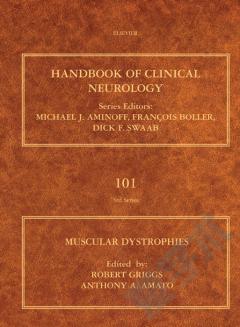
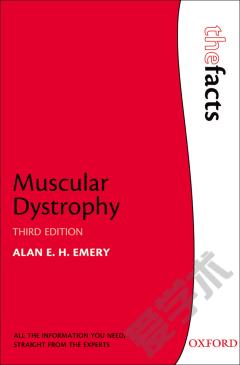
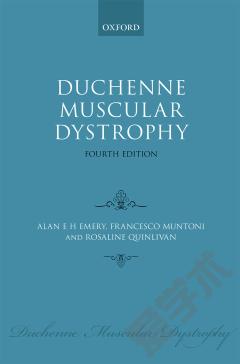
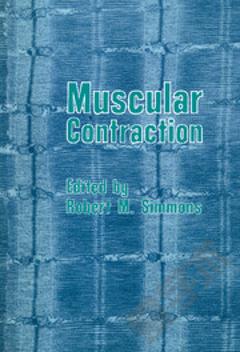
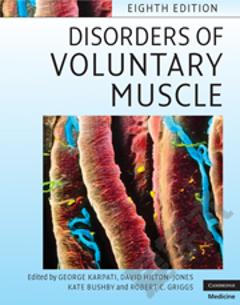



 京公网安备 11010802027623号
京公网安备 11010802027623号